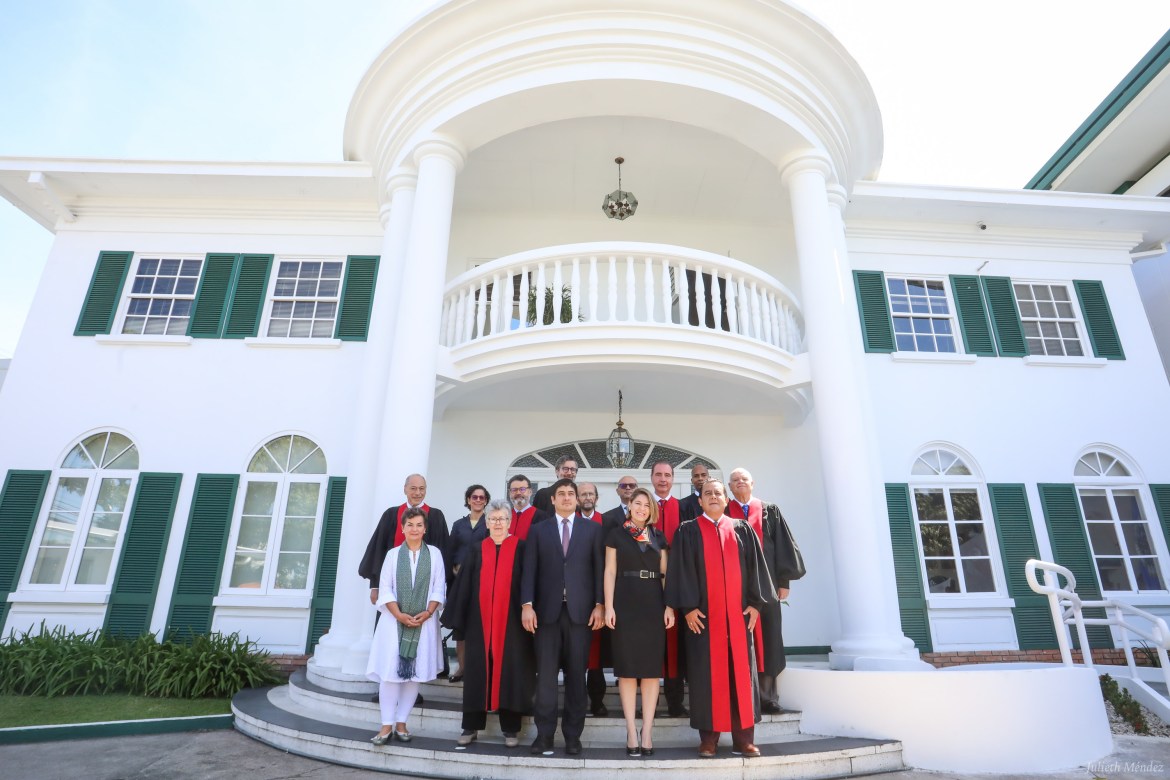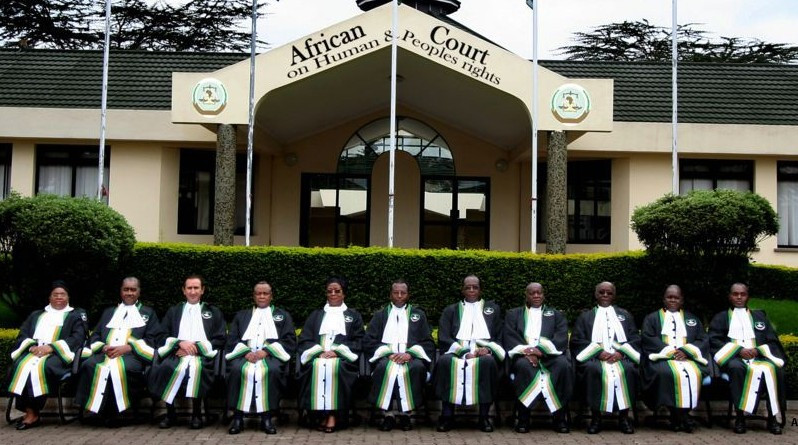Regional human rights courts – international human rights courts that are based in geographic regions, such as the European Court of Human Rights, the Inter-American Court of Human Rights, and the African Court on Human and Peoples’ Rights (photos below)—shape state policy around the world.
The judges of these courts can decide, for example, whether a Muslim woman can wear a headscarf in public, whether or not a prisoner has the right to vote, or when a state can deport an illegal immigrant to a country where they will likely be tortured. As these international human rights courts have an increasing influence over state policy and our lives, understanding who drives their human rights jurisprudence becomes crucial.
Although these courts have become increasingly popular among victims and activists who seek justice when justice fails at home, we are only beginning to understand who or what shapes the development of international human rights courts’ case law. Studies increasingly find that human rights activists – whether NGOs or individual lawyers – play crucial roles in forwarding cases to international human rights tribunals, persuading tribunal judges of the soundness of the claims, and implementing the final judgments domestically.

European Court of Human Rights (European Disability Forum)

Inter-American Court of Human Rights (Julieth Méndez)

African Court on Human and Peoples’ Rights
